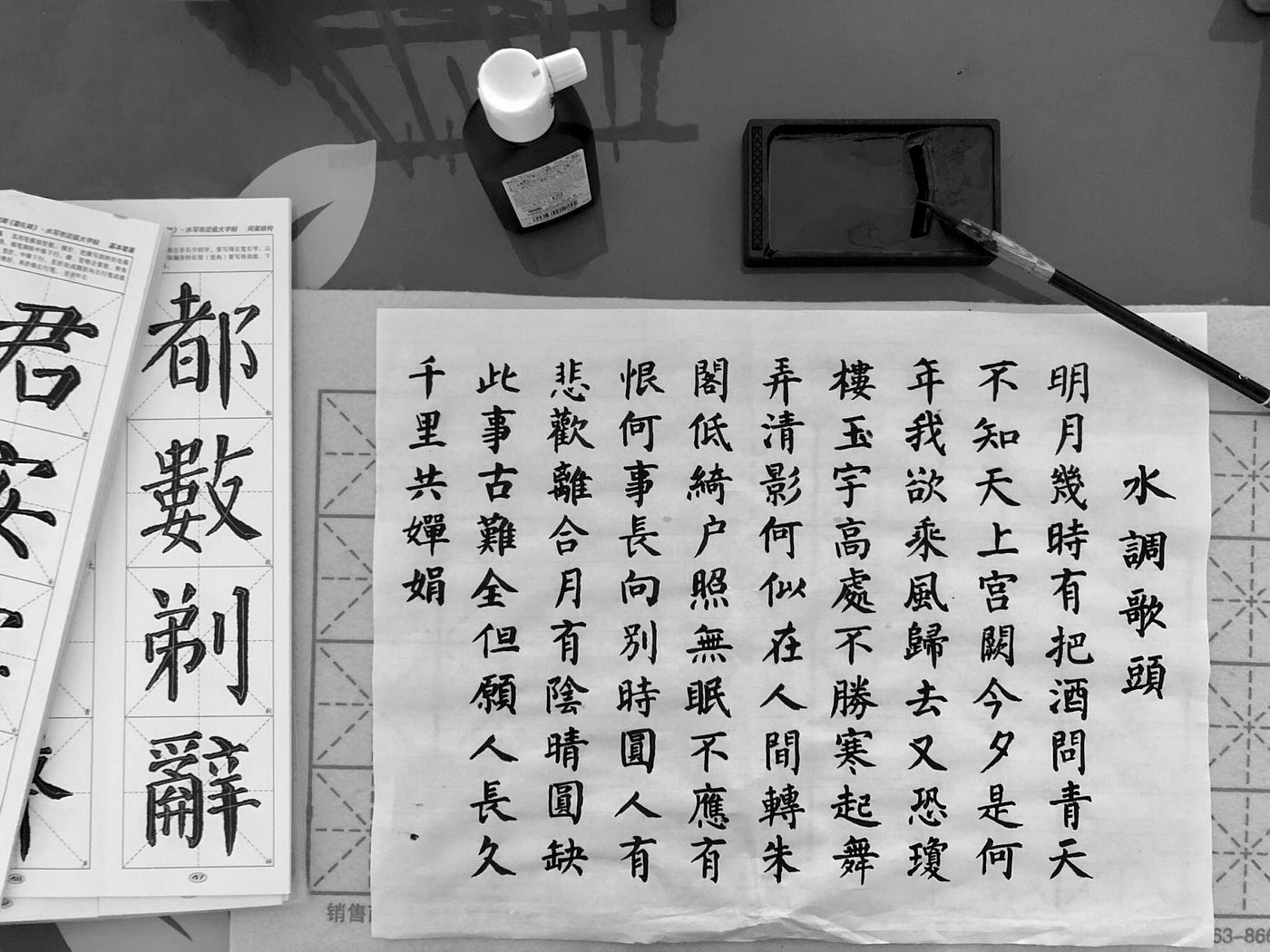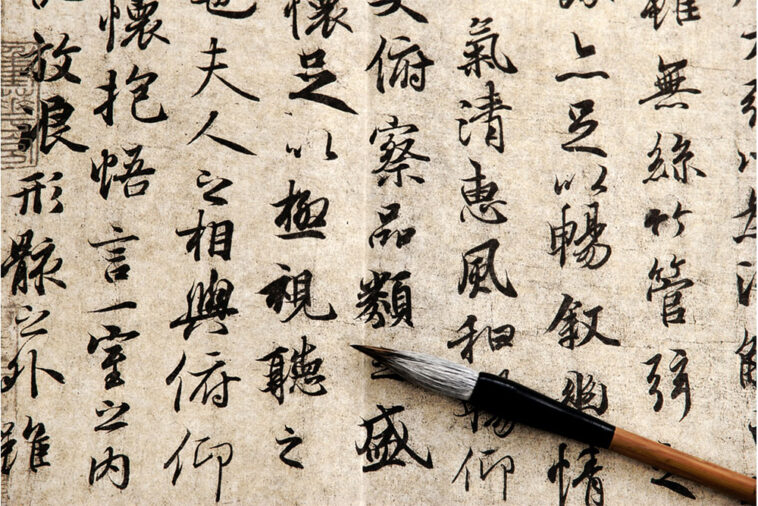Translation is a fascinating and intricate process that allows us to bridge linguistic and cultural gaps, bringing the world closer together.
Among the many language pairs translators work with, Chinese to English translation is among the most challenging and rewarding. In this comprehensive guide, we will explore the nuances, complexities, and artistry involved in translating from Chinese to English, delving into the cultural, linguistic, and technical aspects that make this endeavour both demanding and captivating.
The Significance of Chinese to English Translation
With its rich history, diverse culture, and booming economy, China has gained increasing global significance in recent decades. Consequently, the demand for Chinese to English translation has surged. English, as a global lingua franca, serves as a bridge connecting China to the world. Here are some key reasons why this translation is of utmost importance:
- Cross-Cultural Communication: Chinese to English translation facilitates communication between the world’s two largest language groups. It enables Chinese businesses to reach a global audience and vice versa.
- Access to Knowledge: Many valuable Chinese literary and academic works still need to be translated. Translating these texts into English makes Chinese wisdom, culture, and research accessible to a broader audience.
- International Business: In a globalised economy, businesses need effective Chinese to English translation to navigate trade, partnerships, and negotiations with Chinese companies.
- Diplomacy and Politics: Diplomatic relations and international cooperation often require Chinese to English translation, allowing nations to engage in meaningful dialogues and negotiations.
Linguistic Challenges in Chinese to English Translation

The Chinese and English languages belong to different language families and have fundamentally different structures, which presents various linguistic challenges in translation:
- Character vs. Alphabet: Chinese uses logographic characters, while English employs an alphabet. Translating between these systems requires converting characters into words, often with multiple meanings.
- Ambiguity: Chinese characters are often context-dependent and can have multiple meanings. Context is crucial in determining the correct translation.
- Word Order: Chinese has a subject-verb-object (SVO) word order, whereas English uses a subject-verb-object (SVO). Maintaining the intended meaning while adapting to English grammar can be challenging.
- Tones and Pronunciation: Chinese is a tonal language with four main tones, while English is non-tonal. Mispronunciations can change the meaning entirely, making phonetic accuracy crucial.
- Cultural Concepts: Chinese culture and idiomatic expressions may not have direct equivalents in English, requiring translators to find creative solutions.
Cultural Sensitivity and Context
Translation is not merely about words; it’s about conveying cultural nuances, emotions, and values. Chinese culture is deeply rooted in history, tradition, and symbolism, and a successful translation must capture these elements. Here are some considerations for maintaining cultural sensitivity:
- Honorifics and Politeness: Chinese uses honorifics and polite language extensively. Understanding the appropriate level of formality is essential to convey respect and maintain cultural norms in English.
- Idioms and Proverbs: Chinese is rich in idiomatic expressions and proverbs. Translating them literally can lead to confusion, so finding English equivalents or providing explanations is necessary.
- Names and Titles: Chinese names have a specific structure, with the family name first, followed by the given name. Translators must maintain this order to show respect.
- Historical and Symbolic References: Chinese texts often reference historical events, figures, or symbols. Translators should ensure that English readers can grasp these references.
Challenges in Technical and Specialized Translation
Beyond general translation challenges, Chinese to English translation may involve technical or specialised fields. This requires translators to be experts in both languages and the subject matter. Here are some examples:
- Legal Translation: Contracts, patents, and legal documents require precise translation to accurately convey legal implications.
- Medical Translation: Medical documents, research papers, and pharmaceutical information demand in-depth knowledge of languages and medical terminology.
- Technical Translation: Fields like engineering, IT, and manufacturing require translators to understand complex technical concepts and jargon.
- Literary Translation: Translating literature, including novels and poetry, is a creative endeavour that involves capturing the author’s style and tone while staying faithful to the source text.
Tools and Technology in Chinese to English Translation

Advancements in technology have transformed the translation industry. While human translators remain essential for nuanced and creative translations, various tools and resources can aid the process:
- Translation Software: Tools like SDL Trados, MemoQ, and CAT tools help translators maintain consistency and efficiency by storing translations and suggesting terminology.
- Machine Translation: Neural machine translation, such as Google Translate and DeepL, can assist translators by providing quick drafts to work from, but they differ from human expertise.
- Translation Memory: These databases store previous translations, helping translators maintain consistency across projects.
- Online Dictionaries and Resources: The availability of online dictionaries, glossaries, and reference materials simplifies the research process for translators.
The Artistry of Translation
Translation is not a mechanical task but a form of art. It requires a deep understanding of both languages and cultures and the ability to convey words, emotions, intentions, and subtext. Here are some aspects of the artistry of Chinese to English translation:
- Transcreation: In creative and literary translations, transcreation involves recreating the tone, style, and emotions of the original text in English while staying true to the source.
- Adaptation: Some cultural concepts may have little equivalents in English, requiring translators to adapt and find creative solutions.
- Interpretation: Translators must often interpret the author’s intended meaning when faced with ambiguity or cultural nuances.
- Flow and Cohesion: Maintaining a natural flow and cohesion in the translation is essential for readability and comprehension.
The Role of a Translator
Being a translator requires more than just linguistic skills; it demands a deep appreciation for culture, literature, and the art of communication. A translator’s role goes beyond mere conversion of words; it involves conveying the essence and soul of a text.
- Research: Translators must research and understand the context, culture, and subject matter of the text they are translating.
- Adaptation: A key skill is to find the right balance between faithfulness to the source text and readability in the target language.
- Proofreading and Editing: Translators must thoroughly review and edit their work to ensure accuracy and readability.
- Continuous Learning: Language and culture are ever-evolving, and translators must stay updated with changes and trends in both languages.
The Future of Chinese to English Translation

The field of translation is evolving rapidly, with technology playing a significant role. While machine translation has improved, human translators will remain indispensable for their ability to understand context, culture, and the subtleties of language.
- Human-Machine Collaboration: The future may see increased collaboration between human translators and AI-powered tools, combining the efficiency of technology with human expertise.
- Specialisation: As industries become more specialised, translators with expertise in specific fields will be in high demand.
- Quality Assurance: Ensuring the accuracy and quality of translations will remain a primary concern in the industry.
- Cultural Sensitivity: With the global audience becoming more culturally aware, translators will play a crucial role in maintaining cultural sensitivity.
Conclusion
Chinese to English translation is a complex and rewarding endeavor that bridges language and culture, facilitating communication and understanding in an increasingly interconnected world. Translators must navigate linguistic, cultural, and technical challenges to provide accurate and meaningful translations.




